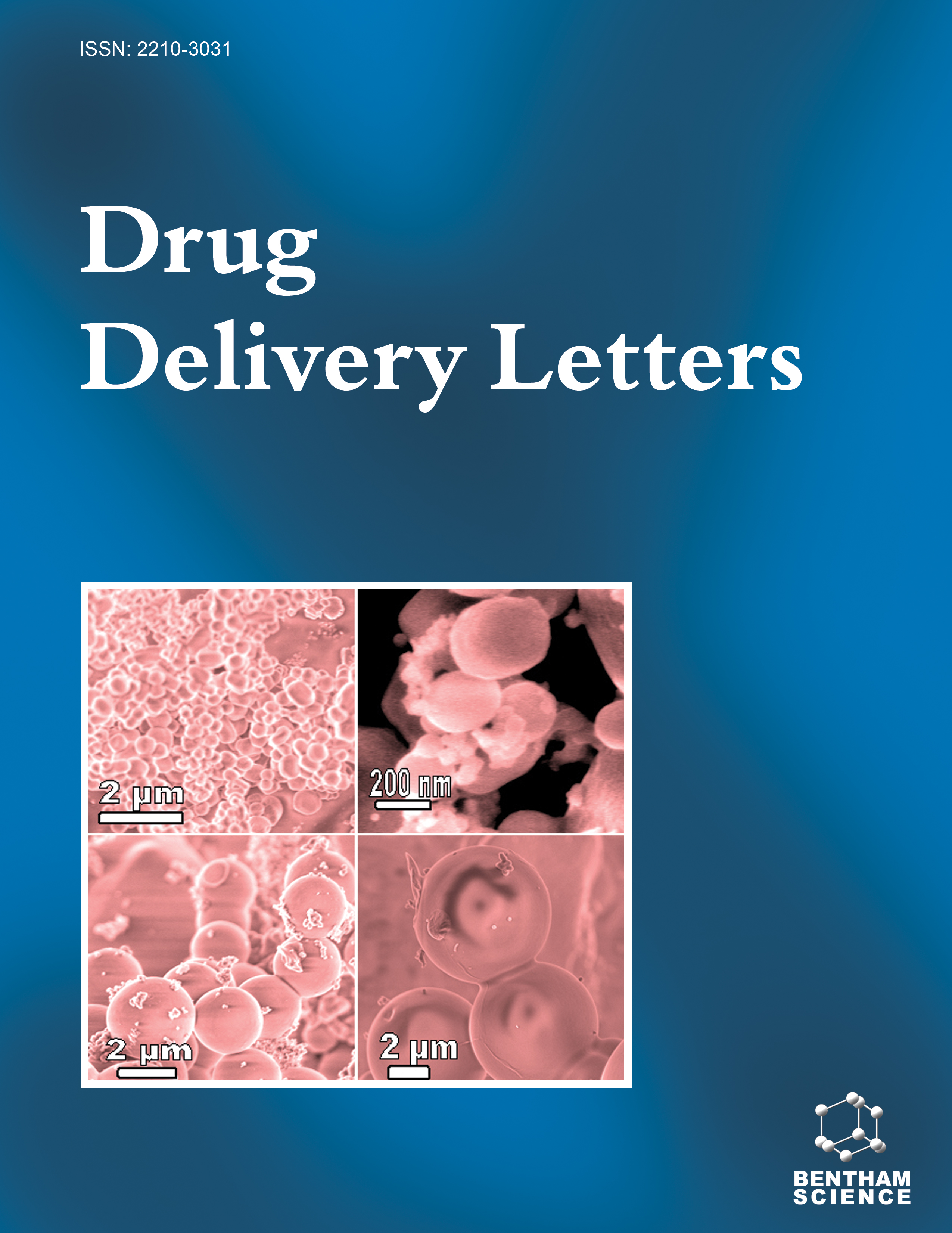
Full text loading...
We use cookies to track usage and preferences.I Understand

The pH-sensitive drug delivery systems (PSDDS) are attracting significant attention as these systems transport the drug at a specific time as per the pathophysiological need of the disease, leading to improved patient therapeutic effectiveness and compliance. The pH-sensitive nanoparticles are a favorable alternative to treat ulcers, especially gastrointestinal ulcers comprising peptic ulcers and mouth ulcers. These nanoparticles can be intended to release medication in a meticulous way at specific pH levels of the ulcer site, which can improve therapeutic effectiveness and decrease side effects. It is significant to note that the use of pH-sensitive nanoparticles for ulcer management is an evolving field of research, and the specific applications and formulations may vary based on the type and location of the ulcer. Additionally, regulatory approvals and clinical trials may be necessary before such treatments become widely available to patients.

Article metrics loading...

Full text loading...
References


Data & Media loading...